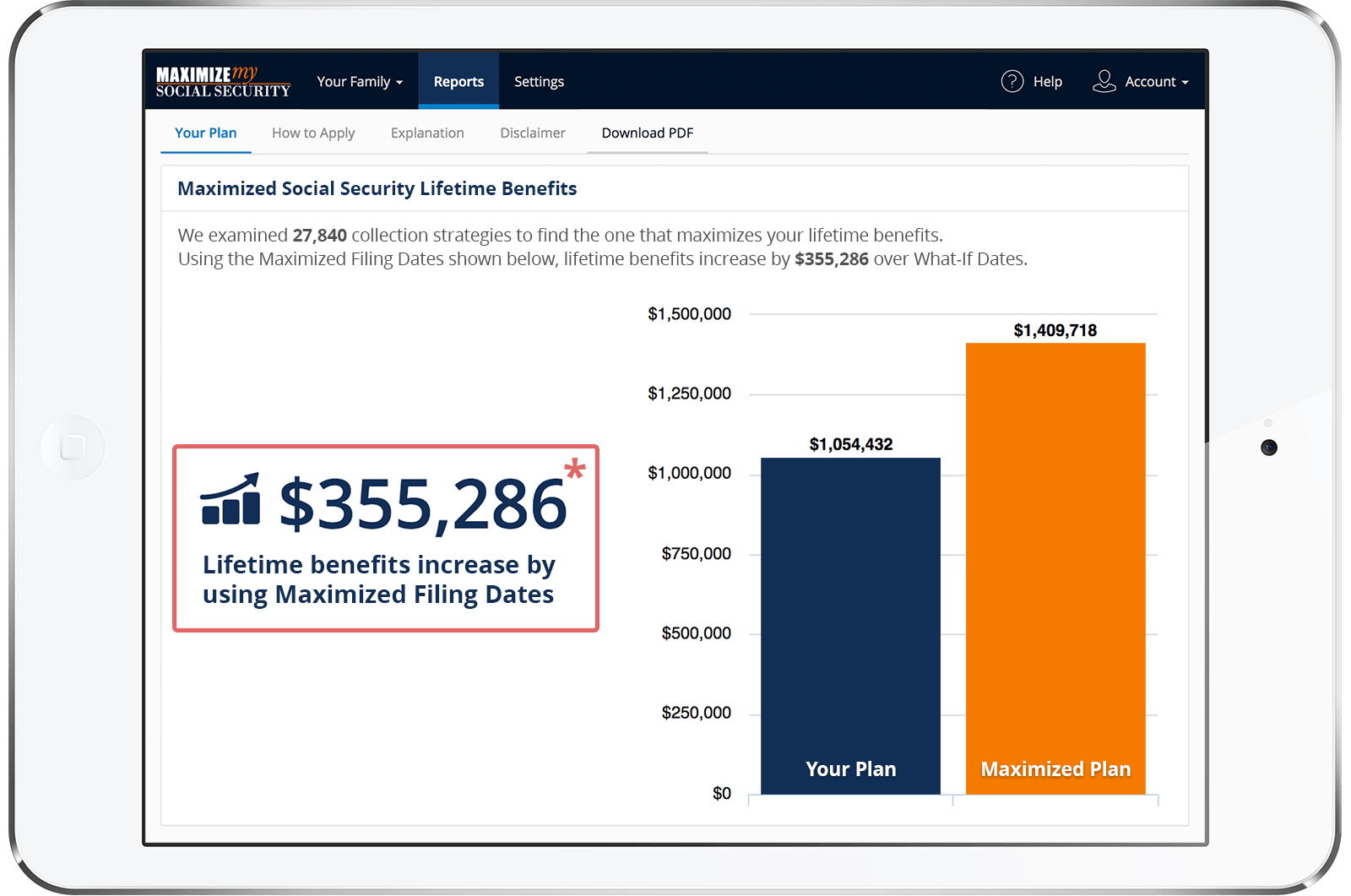Thank you for the help you give to the public...I suspended my monthly SS retirement ($1646.60) beginning 03/2015 and resumed beginning 06/2017; no COLA for 2015 and 0.3% for 2016. Upon resumption of benefits my adjusted monthly benefit after COLA and 22 months of suspension was computed by the SSA as $1893.70. My concern is that the method/procedure used by the SSA to arrive at this number was incorrect. According to my computations, the monthly amount should have been $1902.52. Methodology: Dec 2015 amount would have been $1646.60 because of zero COLA and in January would have changed to reflect the 10 months of suspension during 2015. The January 2016 restated monthly benefit would have been $1756.60. Then in December 2016 the 0.3% COLA would have yielded a benefit amount of $1761.60. In January 2017 this $1761.60 would have been adjusted to reflect the 12 months of suspension during 2016. This 12 months would have changed my monthly benefit to ($1761.60 x 1.08) $1902.52. I asked for reconsideration and that process took 8 months for a reply and required assistance from my Senator and Representative. There was no change in benefits after the reconsideration. Do I have grounds for an appeal? I have all of the original communications from the SSA if you need any further information or clarification. Thank you in advance for your time. Donald
Hi Donald,
I can't be 100% certain, but it appears to me as though the Social Security Administration (SSA) is correct in your case. Their operations manual (POMS) clearly states in section RS 00615.692 (https://secure.ssa.gov/apps10/poms.nsf/lnx/0300615692) that delayed retirement credits (DRC) are added to a person's primary insurance amount (PIA), not their PIA augmented by the addition of previous DRCs. The only exception would be in the case of a person who received reduced retirement benefits prior to full retirement age (FRA) and then suspended their benefits at FRA or later. In that case, any DRCs earned would be added to their reduced monthly benefit rate.
So, to calculate your benefit rate effective with your month of reinstatement of June 2017, you would multiply your PIA (or reduced monthly benefit rate if applicable) by the applicable DRC percentage increase and then add any intervening COLAs. As you mentioned, in your case you would be credited with 22 months of DRCs as of June 2017 (i.e. March 2015 through December 2016) with the remaining 5 DRCs for January through May 2017 to be added effective January 2018.
22 months of DRCs results in a percentage increase of 14 & 2/3rds percent (i.e. 8% x 22/12). Thus, you would multiply your PIA of $1646.60 by 1.14667 and then multiply that by 1.003 to add the 12/2016 COLA. That results in a benefit rate of $1893.70 effective June 2017 after rounding down to the nearest dime.
If I understand the methodology you used to calculate a higher rate, you compounded your DRC increase to a rate higher than 8% per year by calculating an interim augmented rate effective January 2016, and then applying your remaining DRCs to the augmented rate. However, DRCs do not increase a person's PIA. Instead, they simply increase the person's benefit rate by 8% per year or 2/3rds of 1% per month. Therefore, you wouldn't add DRCs to your augmented benefit rate, but instead to the original PIA (or reduced benefit rate).
For example, using your methodology (as I understand it) a person who has a PIA of $1000 and suspended his benefit from his FRA of January 2018 until age 70 would increase his benefit rate by roughly 36% (i.e. $1000 x 1.08 = $1080, $1080 x 1.08 = $1166.40, $1166.40 x 1.08 = $1259.70, and $1259.70 x 1.08 = $1360.40). That would result in an effective annual average rate increase of slightly over 9%, not 8%.
That said, I did find a POMS reference that seems to contradict the calculation method I explained above. Specifically, example 2 in section A.2 of GN 02409.120 (https://secure.ssa.gov/apps10/poms.nsf/lnx/0202409120) which appears to use the same methodology that you've used. However, example 1 in the same reference clearly states that the person I described in the paragraph above would only be due a rate of $1320 at age 70, not $1360.40. Therefore, although it appears to me as though SSA is correct in your case I would not try to dissuade you from pursuing your appeal to the next level if you choose to do so.
Best, Jerry
